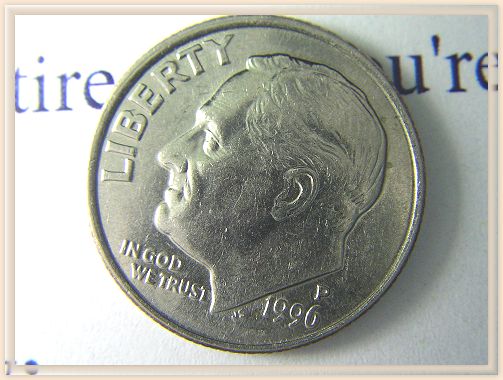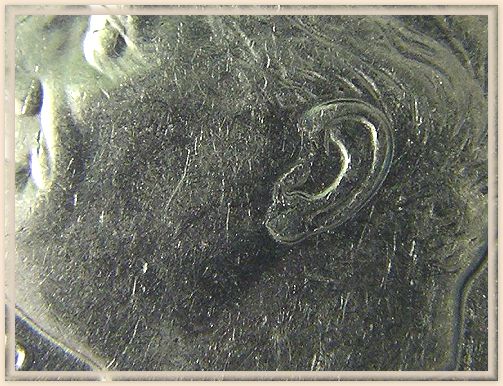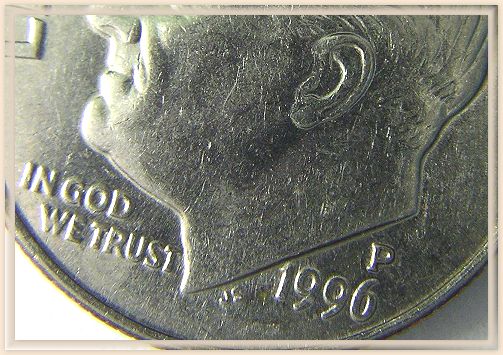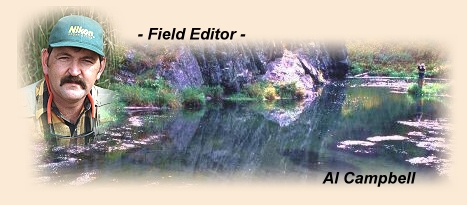|
A recent ad caught my attention. Since I spend a
lot of time (not enough time though) in a watery
environment, I read the ad with excitement. Olympus
now has a weather resistant camera on the market called
a Stylus 400 and another buddy called a Stylus 300. Is
it possible that somebody finally created a good digital
camera that can take quality pictures and a dunking at
the same time? I had to find out.
First I went to the Olympus site and read all they
offered on that pair of cameras. Not much in the way
of weather resistance there. I did notice that both
cameras are basically identical except for the size
of the image (the 400 is 4MP while the 300 is 3MP).
However, there wasn't anything in writing boasting
about how waterproof or resistant they both are. I
had to do some searching for the rest.
So, being the snoop that I am, I did a search for reviews
and more on the Internet. Again, not a lot of information
on how weatherproof those cameras are, but what I did read
left me with the impression that both cameras can handle
a light rain or mist, but won't take a good soaking like
it would get if I slipped while wading. So much for a
good, digital, fishing camera that can handle a dunking;
this one won't.
Another thing I noticed while reading the reviews
was that they weren't very positive. There were
plenty of negative comments on the camera's design
and even more on the quality of pictures it produces.
The macro feature didn't look like it was useful for
insect or fly-in-the-vise shots either. Lens distortion
and fuzzy focus complaints were fairly common from the
hard-core camera enthusiasts.
Maybe the age of waterproof or at least weatherproof
digital cameras hasn't happened yet; but to be sure,
I did a search. There were a ton of cameras that offer
a waterproof housing. Heck, we have a sponsor that offers
a great housing like that, but I was looking for a digital
camera that can stand a dunking from an unlucky wader.
Cameras that will handle anything from a light mist to
light rain were there; but only one was mentioned that
is able to handle a dunking without the addition of a
waterproof case.
There aren't a lot of reviews on the new Pentax Optio
33WR digital camera out there based on actual use, but
those that are available are very positive. Considering
that the camera has been on the market for only a month,
I suppose we can't expect a lot in the way of consumer
reviews. However, the reviews by hard-core pros were
very good. Most of them rated it a 4 or 4.5 out of 5
for performance.
First of all, the Pentax Optio 33WR can take a dunking
(it carries a class 7 water resistance rating). It can
handle (according to the reviews I read) up to a couple
of minutes of shallow water submersion, but can't be used
underwater. It can be washed off by dunking it in water,
and it will handle a hard rain. I can embrace those
features, but what about picture quality and other features?
The Optio 33WR produces 3.34 megapixel images, which
means it can produce printed pictures up to about 8X10
without a noticeable loss of image quality. The pro
reviews indicate that it produces good to excellent
image quality without distortion, even under variable
or low light conditions. They rated the camera's color
rendition at very good to excellent, and it's focus sharp
at all tested ranges. They said the controls are easy
to use and simple enough for a beginner to learn after
a quick review of the (supplied) manual. That's nice,
but what about the rest of the features?
Here we go, the rest of the features I was interested in:
· Optical zoom - 2.8x
· Digital zoom - 4x
· Size - fits easily in a shirt pocket.
· Lens - the lens doesn't move. It uses an internal
lens for focus; thus it is easier to waterproof the lens.
On the flip side, there aren't filters or attachment
lenses for the camera's lens either, yet.
· Macro zoom - 4x (a combination of optical
and digital) Pentax claims super sharp images at
even the closest focus and highest zoom, and that
it will deliver excellent image quality on the
smallest subjects.
· Regular focus - 7.9" to infinity.
· Macro close focus distance - 3.9" to 7.9"
· White balance - Select from a list or balance
manually. The best results indoors or anywhere come
from a manual balance.
· Scene modes - 9 scene modes to make setting
the camera a snap for common tasks, including macro,
night scene, night portrait, portrait, surf & snow
(very useful when water glare is a problem), portrait,
sunset, fireworks and snap (for panning on moving
subjects). (For backlit subjects, it adds a fill
flash to uncover a face under a cap and illuminate
a backlit fisherman or fish.)
· Removable media - Secure Digital (SD) or
Multi-media (MMC) card. It comes with a nearly useless
16MB card, but SD and MMC cards are common and available
at all camera and computer stores in sizes up to 512MB.
They don't cost any more than compact flash cards, but
are ½ the physical size.
· Included items - all the common stuff like wrist
straps, computer connection cables, starter batteries and
such, and imaging software called ACDSee software so you
can manage your images as needed.
· Other features - The list is extensive, but a
few really caught my eye. You can set it manually for
better focus, color saturation and contrast. There
are settings for multiple exposures with a single
shutter release or even a movie mode. Sound capture.
Either 5-point or spot auto-focus. Self-timer so you
can be in the shot. It even has an alarm clock.
As far as drawbacks go, I see only one bothersome thing.
This camera uses either a CR-V3 lithium battery or the
supplied AA batteries, not the rechargeable lithium-ion
type found in my Nikon cameras. You'll want to buy
some AA sized NiMH or Lithium-ion batteries and a
charger for the same if you want to keep battery
costs reasonable. Fortunately, both types of
batteries are commonly available at stores that
sell digital cameras and their accessories.

If I manage to get my hands on one of these cameras,
I'll fill you in on all the details from a fly-fisherman's
perspective. Since I wasn't able to use the camera itself,
I asked Michelle Martin at Pentax to take a couple of close
shots and e-mail them to me. This photo of a dime under
office lighting says all that needs to be said of its macro
abilities. (I didn't crop the photo either, and neither
did Michelle; it actually focuses that close.) When I did
crop it, I was able to focus on the scratches of the dime
in detail.


As most of you know, I'm a pretty dedicated Nikon user,
but I don't mind telling you the shortfalls of Nikon
stuff if I find them (for instance, the macro mode of
the CoolPix 5400). However, I also know Pentax makes
some very useful, quality cameras. Their water-resistant
35mm camera is possibly the best pocket-sized film camera
on the market for fishermen who might take a dunking,
and it delivers magazine quality photos. I'm guessing
the Optio 33WR is of a similar quality. It might be
the perfect digital for a fly-fisher who might get it
wet. That thought has me excited enough to tell you
about it, even if I haven't actually played with the
camera.
Average price I found on the Internet for a USA warranted
camera was $349.99 and the lowest was $286.00 at
www.digitaletailer.com. That's all for now; but if
I get a chance to play with one, I'll provide more
details on how this camera works at the vise and on
real fishing photos (including insect pictures).
~ AC
|




